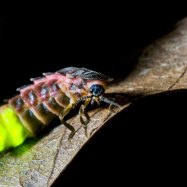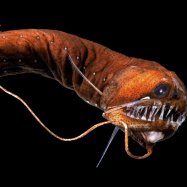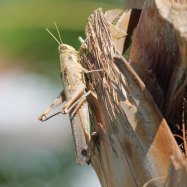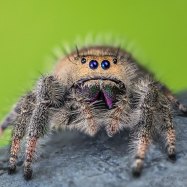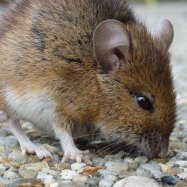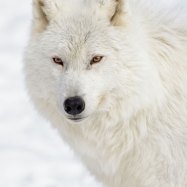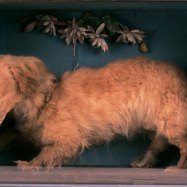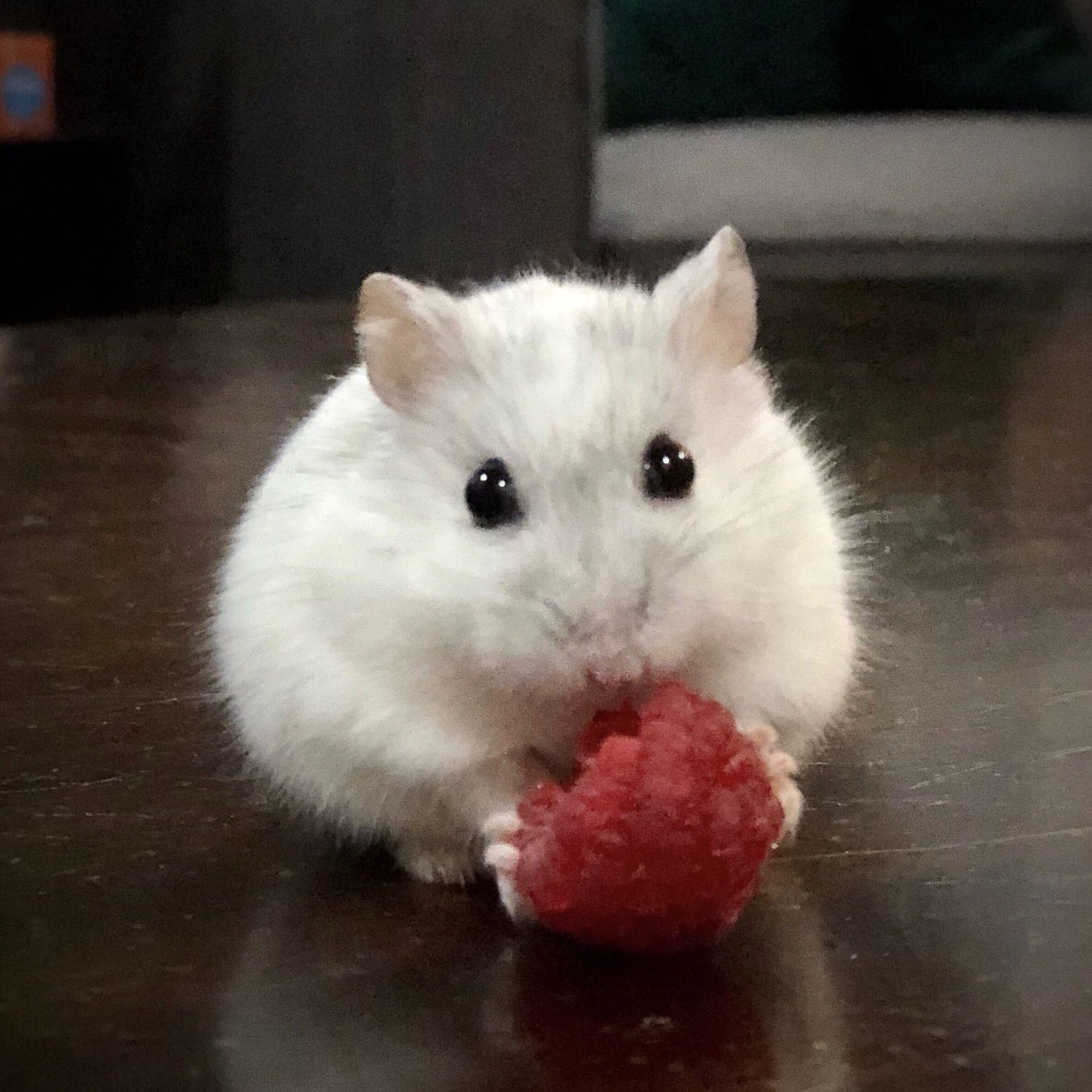
Dwarf Hamster
2-4 inches
Dwarf hamsters are small and round creatures that can grow up to 2-4 inches in length. Found in burrows, these adorable animals belong to the Cricetidae family and make great companions for pet lovers. With their compact body shape and playful personalities, dwarf hamsters are sure to bring joy and entertainment to any home. #DwarfHamster #PetLovers #Cricetidae #BurrowingAnimals
Animal Details Summary:
Common Name: Dwarf Hamster
Kingdom: Animalia
Habitat: Grasslands, deserts, and steppes
The Fascinating World of Dwarf Hamsters
If you've ever stepped into a pet store, chances are you've seen or even owned a regular Syrian hamster. But have you ever seen a dwarf hamster? With their small, round bodies and cute, furry faces, dwarf hamsters are gaining popularity as the latest pet craze. But what makes these tiny creatures so special? In this article, we'll dive into the world of dwarf hamsters and discover their unique characteristics and behaviors.Meet The Dwarf Hamster
Dwarf hamsters, also known as Phodopus, are a group of small, agile rodents that belong to the Cricetidae family Dwarf Hamster. Unlike regular Syrian hamsters, which can grow up to 6 inches in length, dwarf hamsters only reach a maximum length of 2-4 inches. And unlike their larger counterparts, dwarf hamsters are social animals and can be kept in same-sex pairs or small groups. They come in various colors, including brown, gray, white, and black, making them a popular choice for pet owners who love variety.Dwarf hamsters are native to Asia and Europe, with China, Russia, and Mongolia being their countries of origin. They can be found in a variety of habitats, including grasslands, deserts, and steppes. In the wild, dwarf hamsters live in burrows, digging intricate tunnels and chambers to protect themselves from predators and harsh weather conditions.
Given their small size, these charming creatures have a relatively short lifespan of 1-3 years. However, with proper care, they can live up to 4 years.
A Peek Into Their Lifestyle
Being the smallest hamster species, dwarf hamsters have their own unique set of behaviors and characteristics Disco Clam. They are active creatures, spending most of their day foraging for food and running on their exercise wheels. Due to their small size, they are able to move through tight spaces, making them expert escape artists. This is why it's crucial to keep their cages secure and free from any small openings.Dwarf hamsters are also known for their excellent climbing abilities. In the wild, they use their sharp claws to climb trees or rocks, and as pets, they enjoy climbing up and down their cages or even your arm if you let them. They are also avid hoarders, collecting food and hiding it in various places in their cages. This is a natural instinct, as in the wild, they store food for winter when food becomes scarce.
Diet and Feeding Habits
Like most rodents, dwarf hamsters are omnivores. This means they eat a variety of food, including fruits, vegetables, grains, and small insects. In the wild, they mostly consume seeds, nuts, and insects. As pets, their diet should consist of high-quality hamster food that includes a mix of seeds, grains, and hay. Additionally, you can supplement their diet with small amounts of fresh fruits and vegetables, such as apples, carrots, and leafy greens.It's important to note that dwarf hamsters have delicate digestive systems and cannot handle a lot of sugar and fat. Therefore, it's essential to avoid giving them sugary treats or fatty foods such as chocolate, candy, or fried foods. These can cause health problems such as diabetes and obesity, which can significantly decrease their lifespan.
Caring for Your Dwarf Hamster
Taking care of a dwarf hamster requires time, patience, and attention to detail. Unlike some other pets, they have specific needs that must be met to ensure they stay healthy and happy.Choosing the Right Cage
The first step in caring for your dwarf hamster is providing them with a suitable cage. As they are active animals, your hamster's cage should be spacious, allowing them to run and exercise freely. A wire cage with a solid bottom and a number of platforms and levels is ideal as it allows for climbing and provides adequate ventilation. The gaps between the wires should be small enough so that your hamster can't escape or get their head stuck.
Bedding and Substrate
Dwarf hamsters love to dig and burrow, so make sure to provide them with at least several inches of bedding material to create tunnels and hideaways. Some popular options for bedding include aspen shavings, wood pulp, paper-based bedding, and safe, non-toxic substrates. Avoid using pine or cedar shavings as they can be harmful to your hamster's respiratory system.
Food and Water
As mentioned earlier, a high-quality hamster food mix should make up the majority of your hamster's diet. Make sure to also provide a constant supply of fresh water in a water bottle with a sipper tube attached to the side of their cage. Change their food and water daily to prevent bacteria and other harmful microorganisms from growing.
Handling and Bonding
One of the most enjoyable aspects of owning a dwarf hamster is interacting and bonding with them. However, hamsters are prey animals, and they may feel threatened or scared when initially handled. It's important to handle them gently and patiently, allowing them to get used to your presence. You can start by offering them treats from your hand and gradually move on to picking them up. It's essential to never pick up a hamster by their tail, as this can cause them harm.
Variety of Dwarf Hamsters
There are five main types of dwarf hamsters that are popular as pets: the Campbell's dwarf hamster, the Winter White dwarf hamster, the Chinese dwarf hamster, the Roborovski dwarf hamster, and the Russian or Djungarian dwarf hamster. Each species has its own unique physical characteristics and behavior patterns.Campbell's Dwarf Hamster
Campbell's dwarf hamsters are the most common type of dwarf hamsters and are often referred to as the "Syrian dwarf hamster." They have a round body and a short, furry tail. In the wild, they have a gray-brown coat, but as pets, they come in a variety of colors, such as fawn, cinnamon, and black.
Winter White Dwarf Hamster
Winter White dwarf hamsters are the second most popular type of dwarf hamster. They are named after their ability to change color in the winter months, turning from a grey-brown color to pure white. They also have a shorter, thicker coat compared to other dwarf hamsters.
Chinese Dwarf Hamster
Chinese dwarf hamsters have a longer, sleeker body compared to other dwarf hamster species. They have a gray-brown or sandy-colored coat, with a dark stripe running down their spine. They are also known for their love of climbing and their excellent jumping abilities.
Roborovski Dwarf Hamster
Roborovski dwarf hamsters are the smallest of the dwarf hamster species. They have a sandy-colored coat with a white belly and a distinctive white stripe down their back. They are known for their fast-paced movements and are best suited for experienced pet owners.
Russian or Djungarian Dwarf Hamster
Russian or Djungarian dwarf hamsters have a gray-brown coat with a white belly, similar to Roborovski hamsters. They also have a dark stripe down their back, but it's not as prominent as the stripe on Chinese hamsters. They are very active and enjoy running on their wheels.
Are Dwarf Hamsters Right For You?
Dwarf hamsters make great pets for people of all ages, from children to seniors. They are relatively low maintenance and don't require a significant amount of space. However, they do require daily care and attention, so make sure you have enough time for their care before bringing one home.Overall, dwarf hamsters are fun, entertaining, and fascinating pets to have. With their playful personalities and interesting behaviors, they are sure to bring joy and delight to your life. So, if you're looking for a new furry friend, consider a dwarf hamster as your next pet.

Dwarf Hamster
Animal Details Dwarf Hamster - Scientific Name: Phodopus
- Category: Animals D
- Scientific Name: Phodopus
- Common Name: Dwarf Hamster
- Kingdom: Animalia
- Phylum: Chordata
- Class: Mammalia
- Order: Rodentia
- Family: Cricetidae
- Habitat: Grasslands, deserts, and steppes
- Feeding Method: Omnivorous
- Geographical Distribution: Asia and Europe
- Country of Origin: China, Russia, Mongolia
- Location: Burrows
- Animal Coloration: Brown, gray, white, black
- Body Shape: Small and round
- Length: 2-4 inches
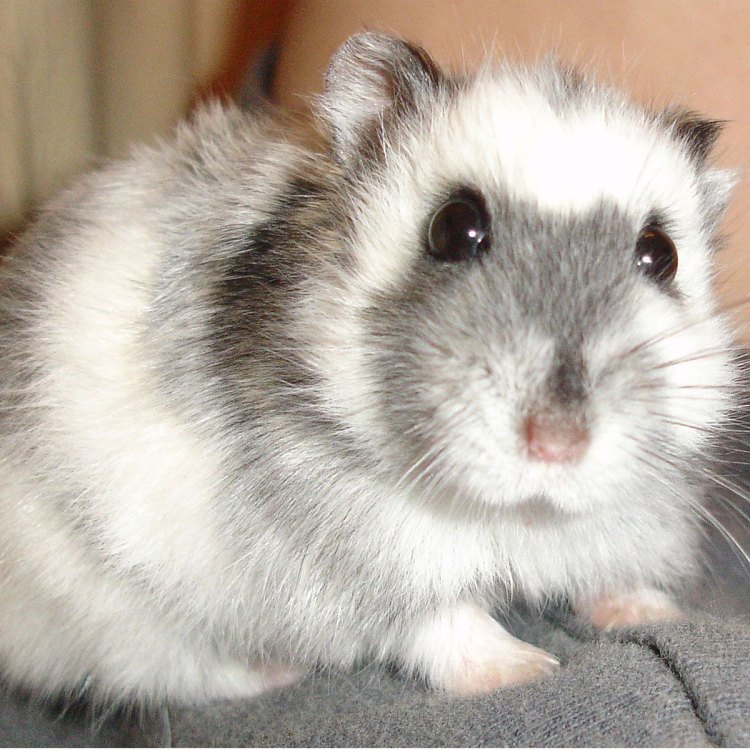
Dwarf Hamster
- Adult Size: 2-4 inches
- Average Lifespan: 1-2 years
- Reproduction: Sexual
- Reproductive Behavior: Polygamous
- Sound or Call: Squeaks and squeals
- Migration Pattern: Non-migratory
- Social Groups: Generally solitary
- Behavior: Nocturnal and burrower
- Threats: Predation and habitat loss
- Conservation Status: Least Concern
- Impact on Ecosystem: Seed dispersal
- Human Use: Pet trade
- Distinctive Features: Cheek pouches
- Interesting Facts: Can store food in their cheek pouches
- Predator: Owls, snakes, and larger mammals
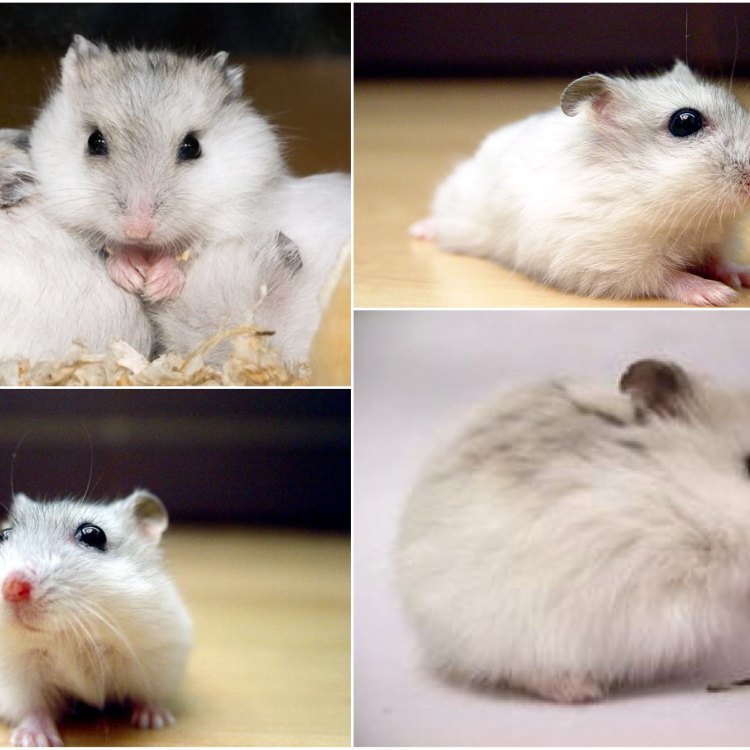
Phodopus
The Fascinating World of Dwarf Hamsters: From Cheek Pouches to Seed Dispersal
In the vast animal kingdom, there are many creatures that capture our attention with their unique features and behaviors. One such creature is the dwarf hamster. These small, adorable rodents have captured the hearts of many as pets, but there is more to them than meets the eye. From their reproductive habits to their impact on ecosystems, dwarf hamsters have a rich and fascinating story to tell PeaceOfAnimals.Com. So, let's delve into the world of these tiny creatures and discover what makes them truly special.The Physical Characteristics
Dwarf hamsters are the smaller relatives of the popular Syrian hamster. They are classified in the genus Phodopus and are known for their diminutive size, measuring only 2-4 inches in length when fully grown. Despite their small size, dwarf hamsters are equipped with cheek pouches that they use to store food. These pouches can expand to almost double the size of their head, making them a convenient way for the hamsters to carry food to their burrows.Their average lifespan is 1-2 years, making them relatively short-lived compared to other rodents. However, with proper care, they can live up to 3 years in captivity. They are also sexually reproductive, meaning they require a male and female to mate and produce offspring. Their reproductive behavior is polygamous, meaning one male can mate with multiple females Diving Duck.
The Nocturnal and Solitary Behavior
Dwarf hamsters are generally solitary creatures, each having their own territory. They are active at night, making them nocturnal animals. This behavior allows them to avoid predators and conserve energy in the wild. In captivity, however, they can adapt their sleeping schedule to that of their human owners, becoming more active during the day.Their natural habitat is underground, and they are skilled burrowers. They create intricate networks of tunnels that lead to a central living chamber. These burrows serve as their shelter and also aid in keeping them cool during hot temperatures.
The Threats and Conservation Status
Like most animals, dwarf hamsters face numerous threats in the wild. They are preyed upon by owls, snakes, and other mammals, making them an important part of the food chain. However, the biggest threat to their survival is habitat loss. As their natural habitat gets destroyed for human development and agriculture, the dwarf hamsters struggle to find suitable places to live and reproduce.Despite these threats, the conservation status of dwarf hamsters is listed as "Least Concern" by the International Union for Conservation of Nature (IUCN). This is due to their widespread distribution in their native habitats, which includes Central and Eastern Europe and Northern Asia.
The Impact on Ecosystems
One of the most interesting facts about dwarf hamsters is their role in seed dispersal. As they forage for food, they unknowingly help to spread seeds, promoting plant growth in their habitats. This behavior not only benefits the plants but also plays a crucial role in maintaining the diverse and balanced ecosystem.The Human Connection
Apart from their role in the ecosystem, dwarf hamsters have also become popular pets around the world. Their small size, gentle nature, and relatively low maintenance make them appealing to many people. However, it's essential to note that these animals still require proper care and attention, and should not be taken as a pet without understanding their needs.In the pet trade, dwarf hamsters come in different colors and patterns, making them not only a great companion but also an interesting addition to any household. However, it's important to remember that these animals are still wild creatures and require proper care and attention to thrive in captivity.
The Cheek Pouches and Other Interesting Facts
One of the most distinctive features of dwarf hamsters is their cheek pouches. These pouches allow them to store food for later consumption, much like a squirrel storing nuts. However, unlike squirrels who bury their food, dwarf hamsters keep their food close, making it easily accessible. This behavior is vital in the wild, where food sources can be scarce.Another interesting fact about dwarf hamsters is their ability to store food in their cheek pouches even while running on a wheel. The pouches are designed to close tightly to avoid any spillage, making this feat possible.
In Conclusion
Dwarf hamsters may be small in size, but they have a significant impact on the ecosystems they live in. From their unique physical characteristics to their role in seed dispersal and even their use as pets, these creatures have a diverse and fascinating story to tell. As responsible pet owners and stewards of the earth, it's important to appreciate and protect these creatures, ensuring their survival for generations to come.
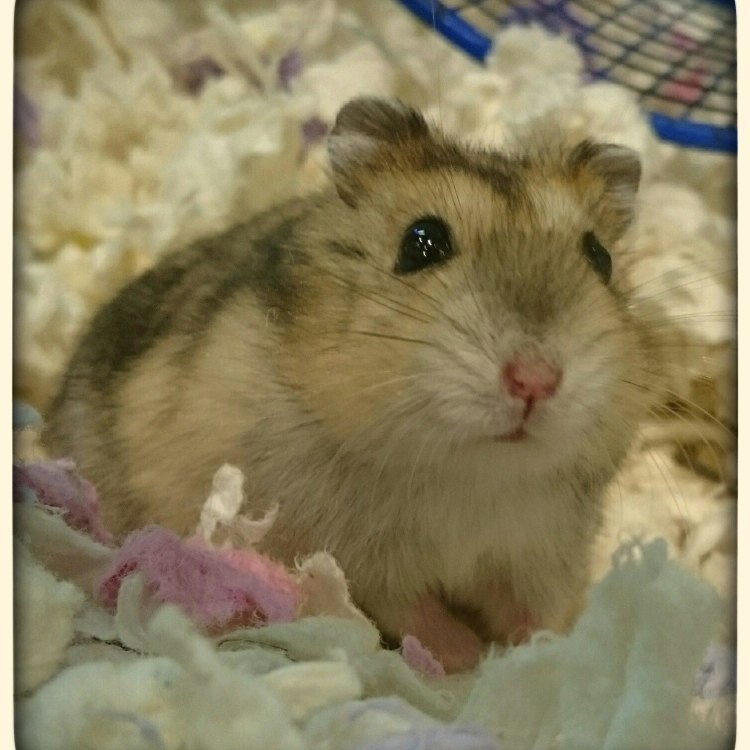
The Fascinating World of Dwarf Hamsters
Disclaimer: The content provided is for informational purposes only. We cannot guarantee the accuracy of the information on this page 100%. All information provided here may change without prior notice.

